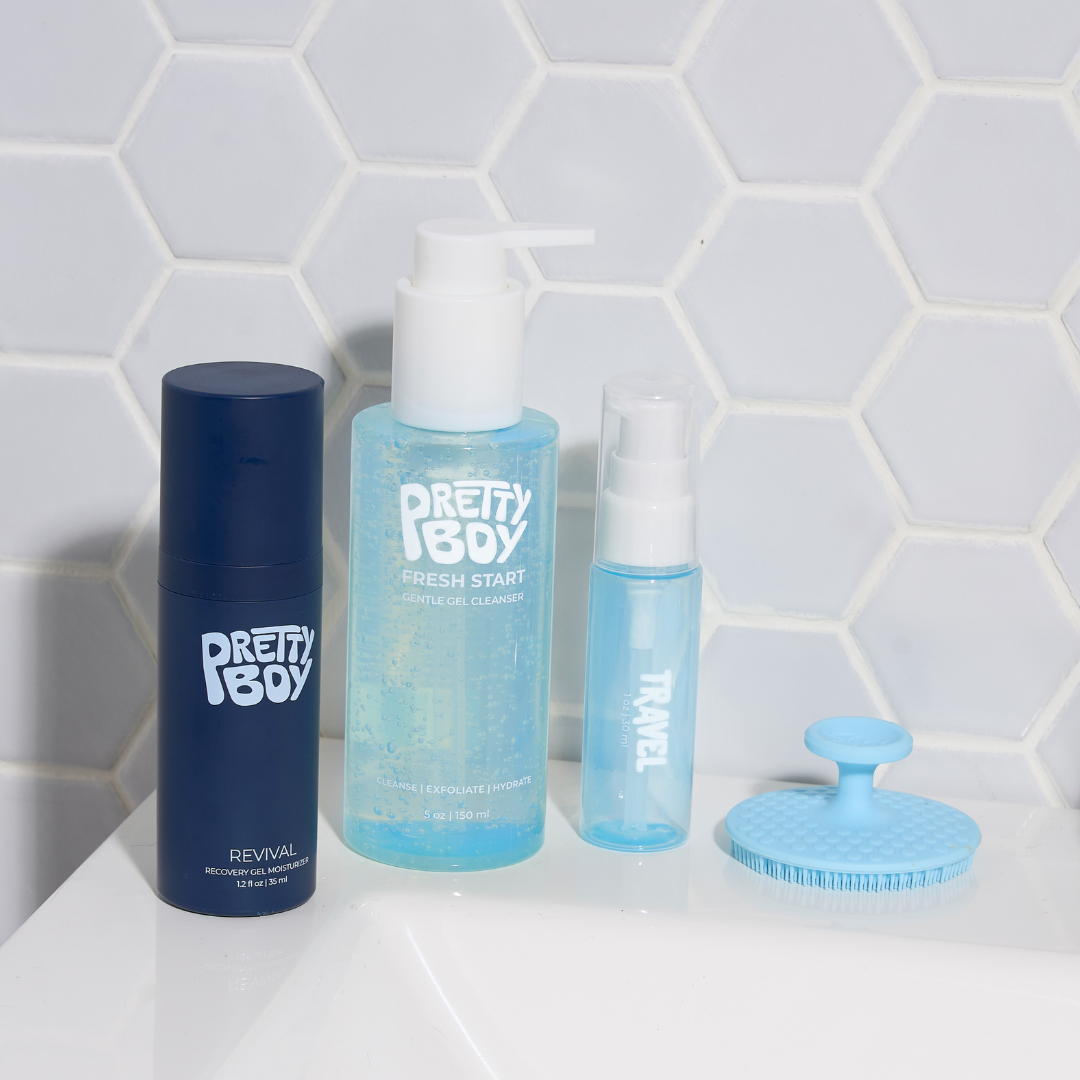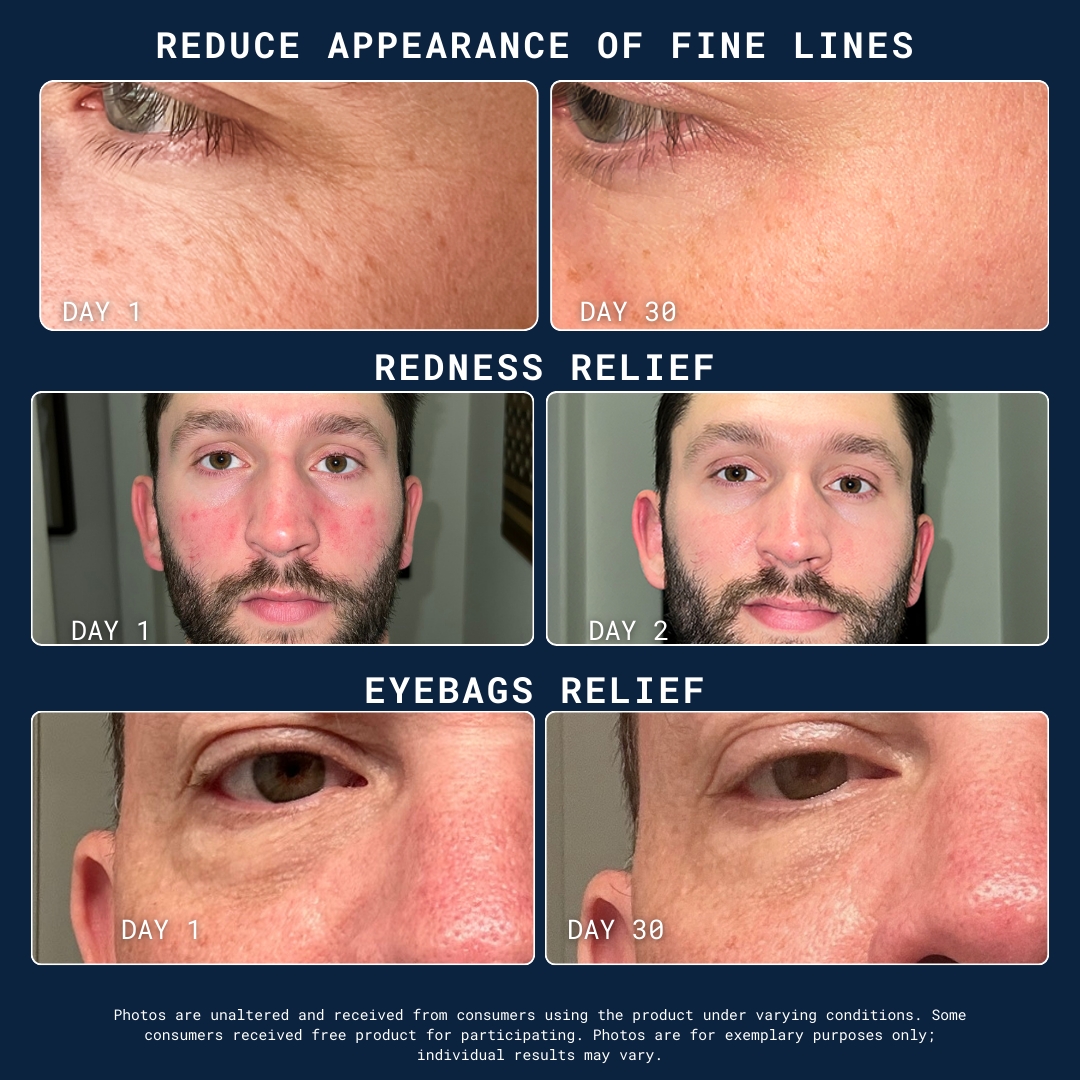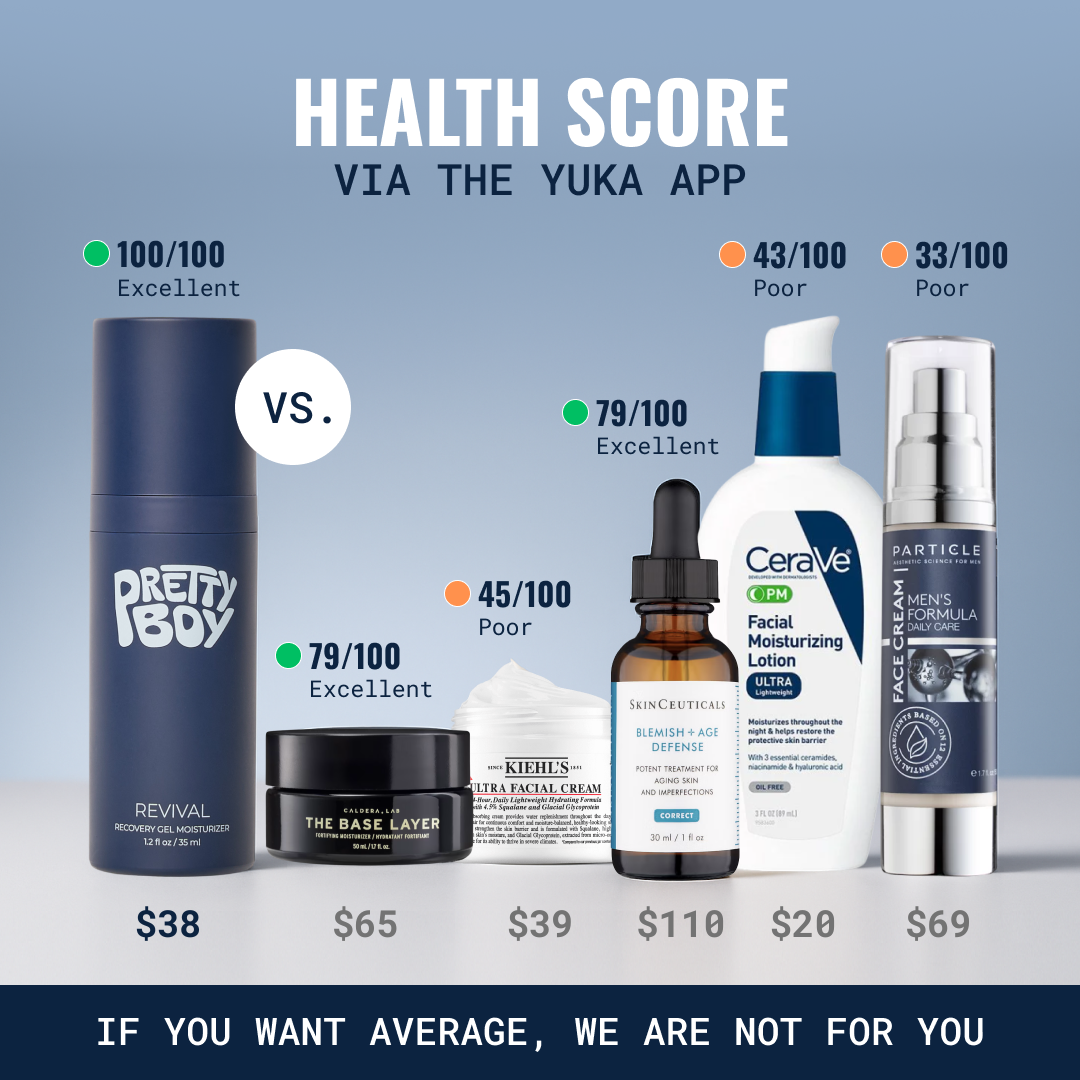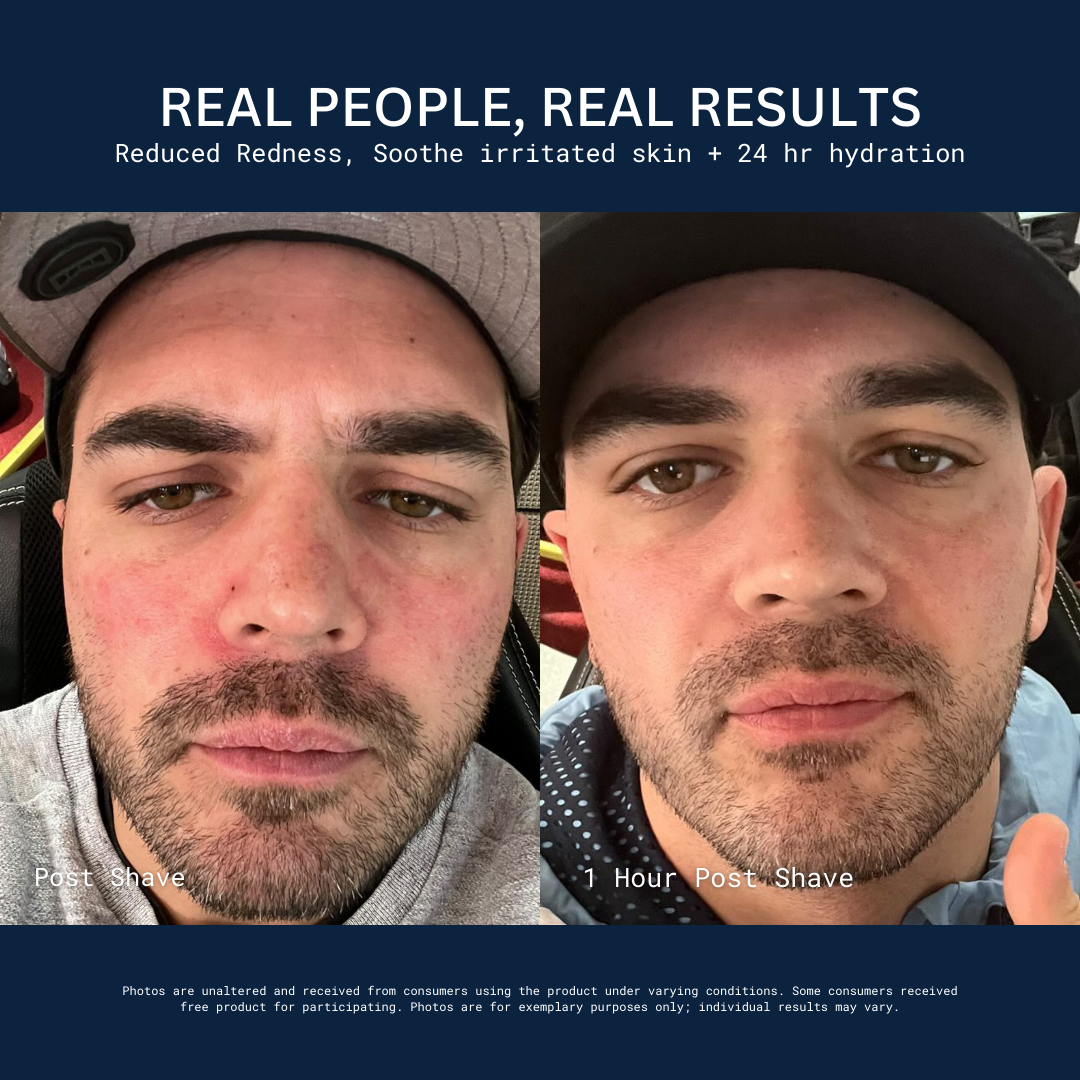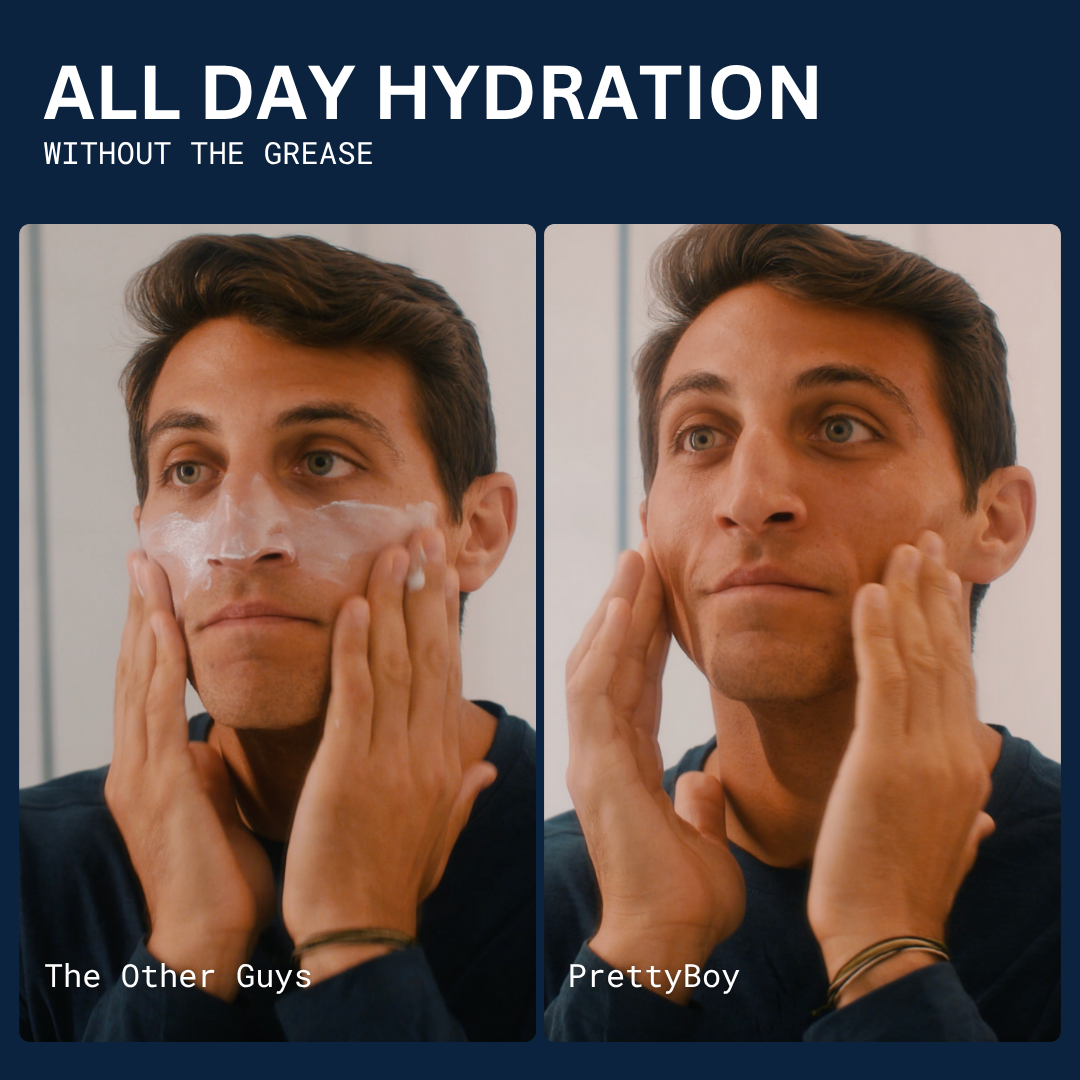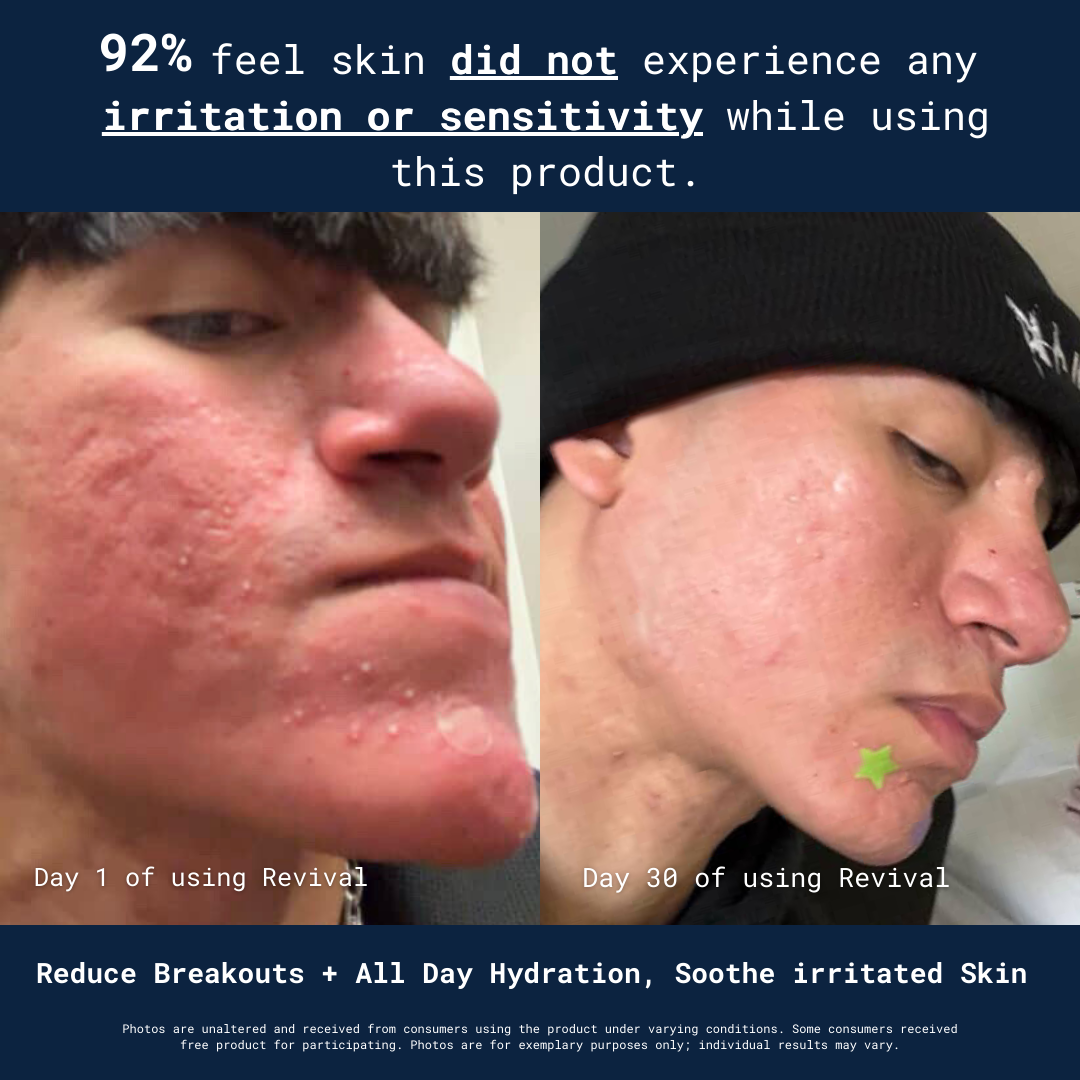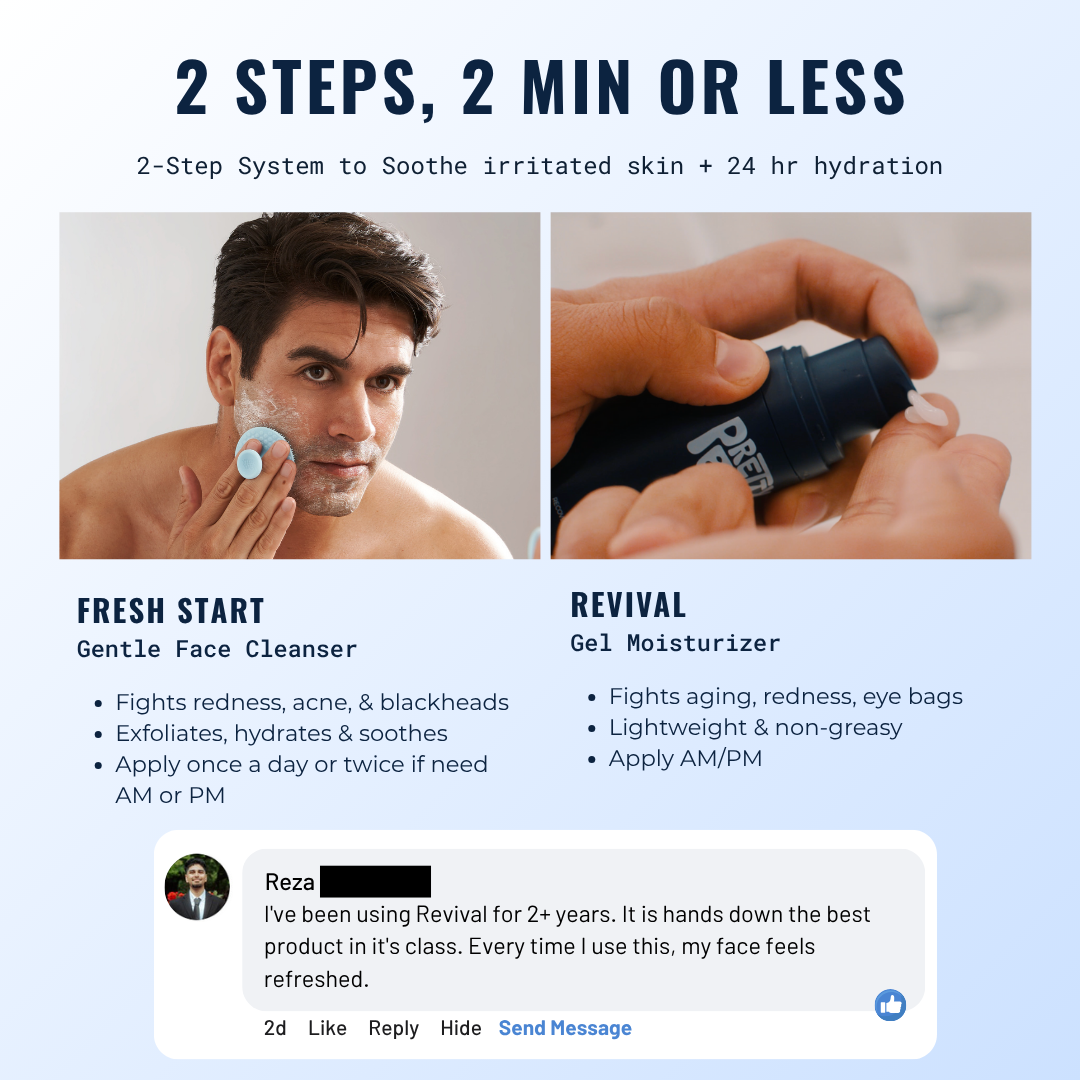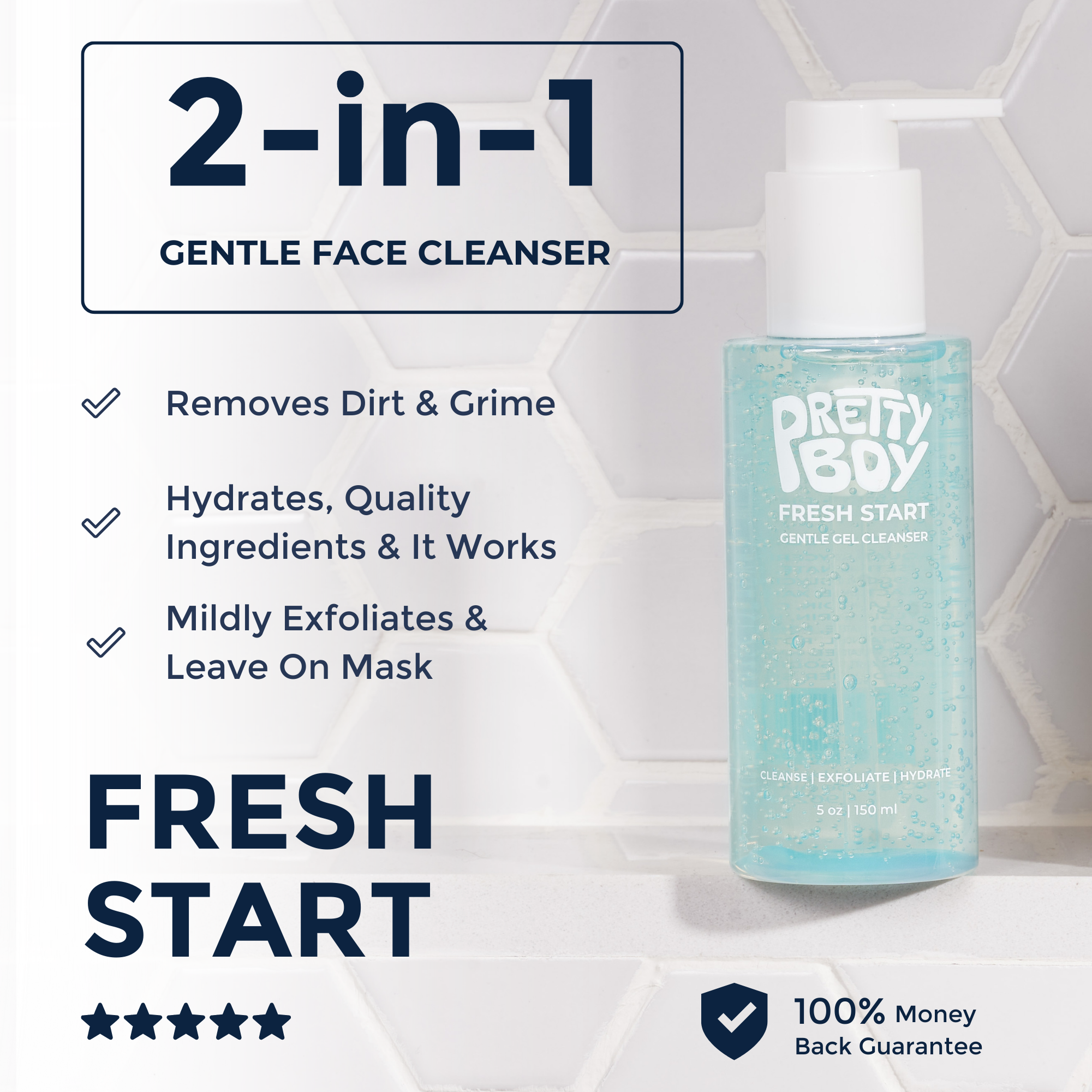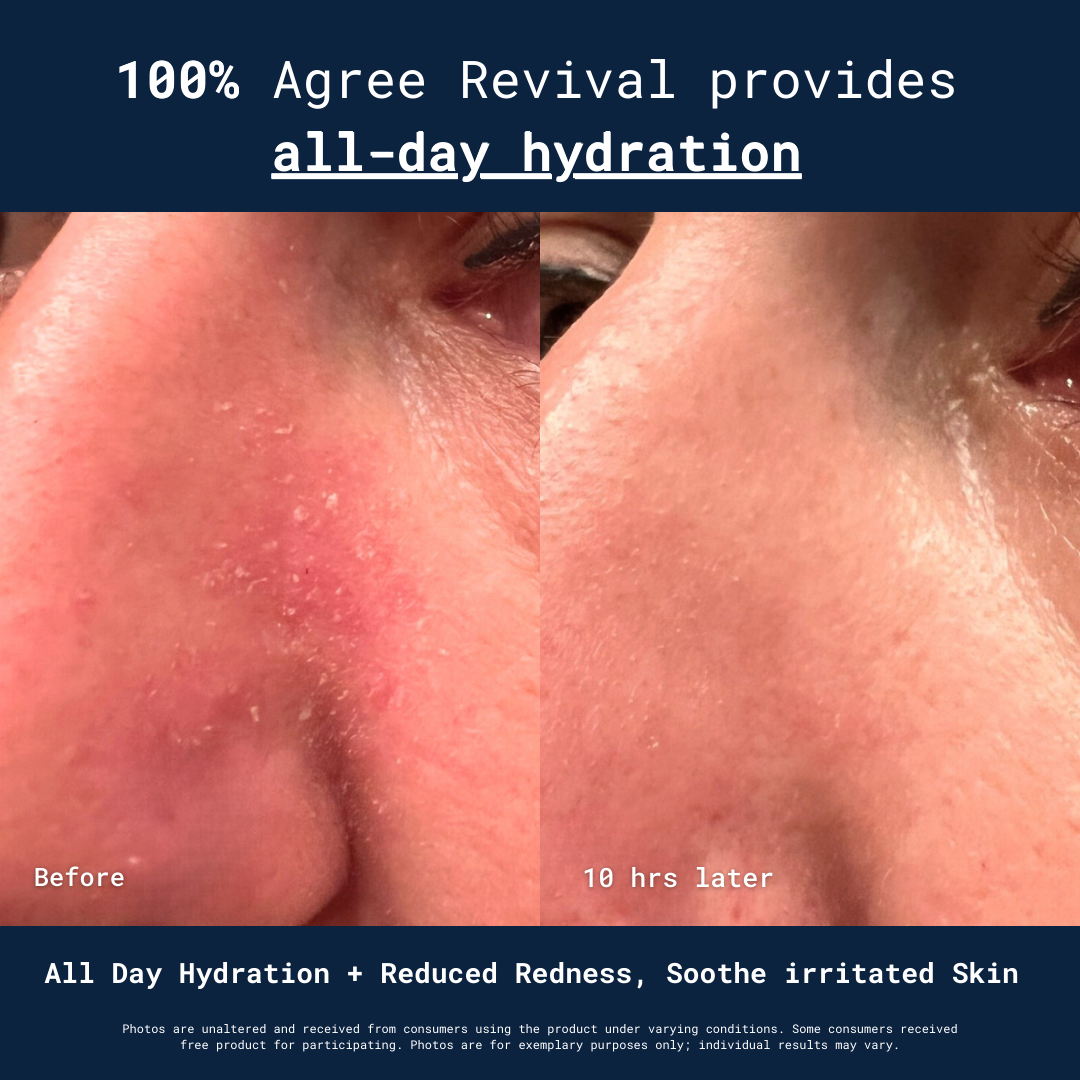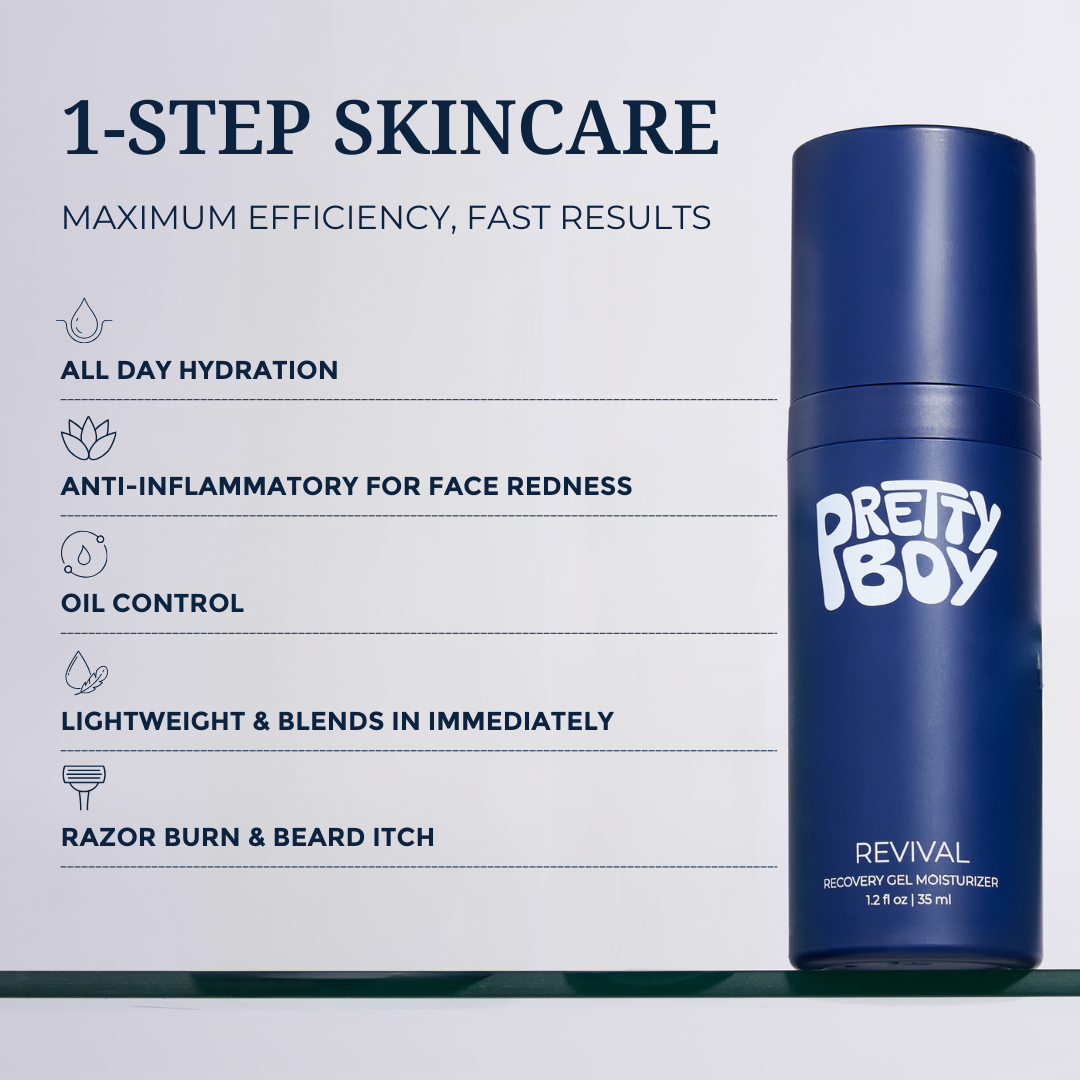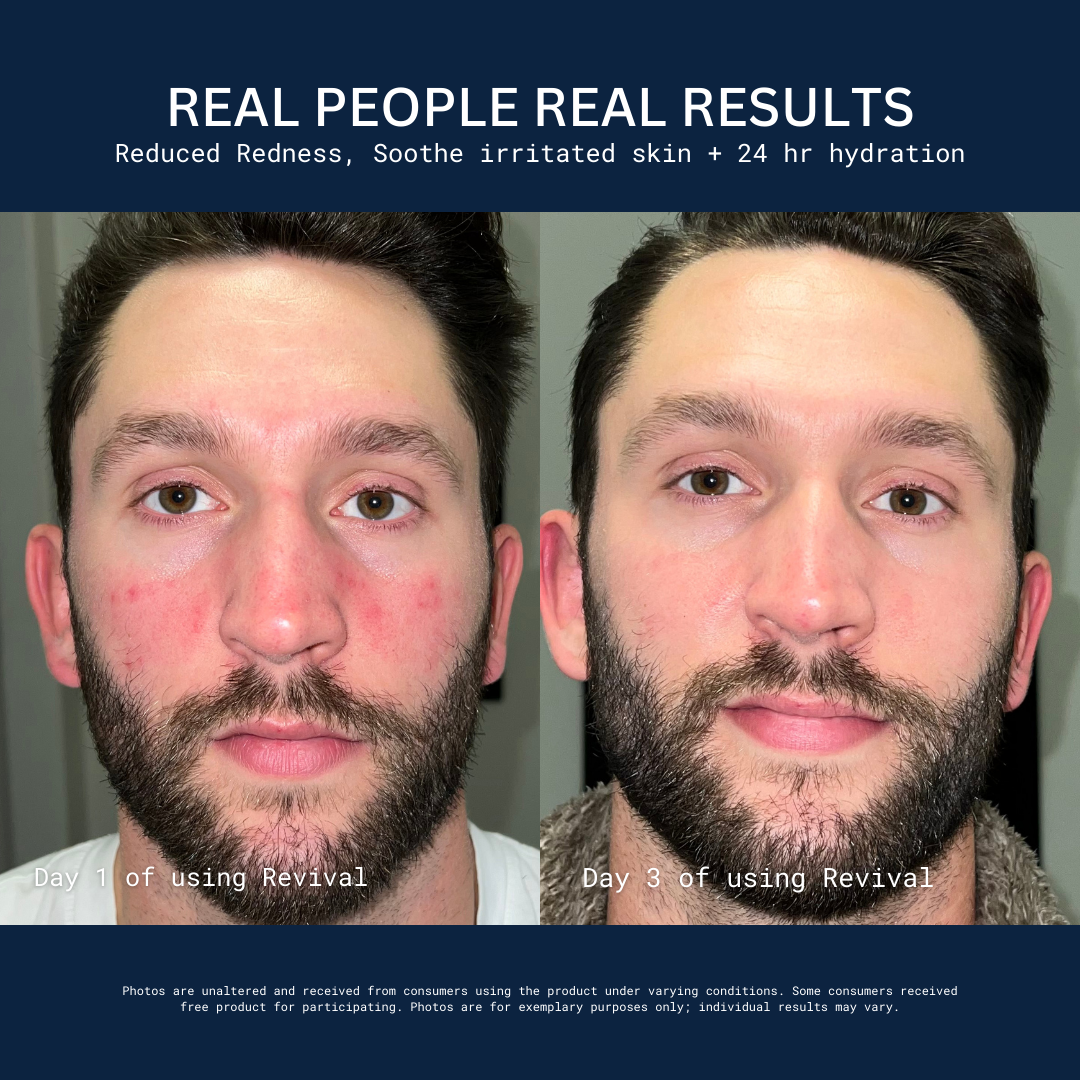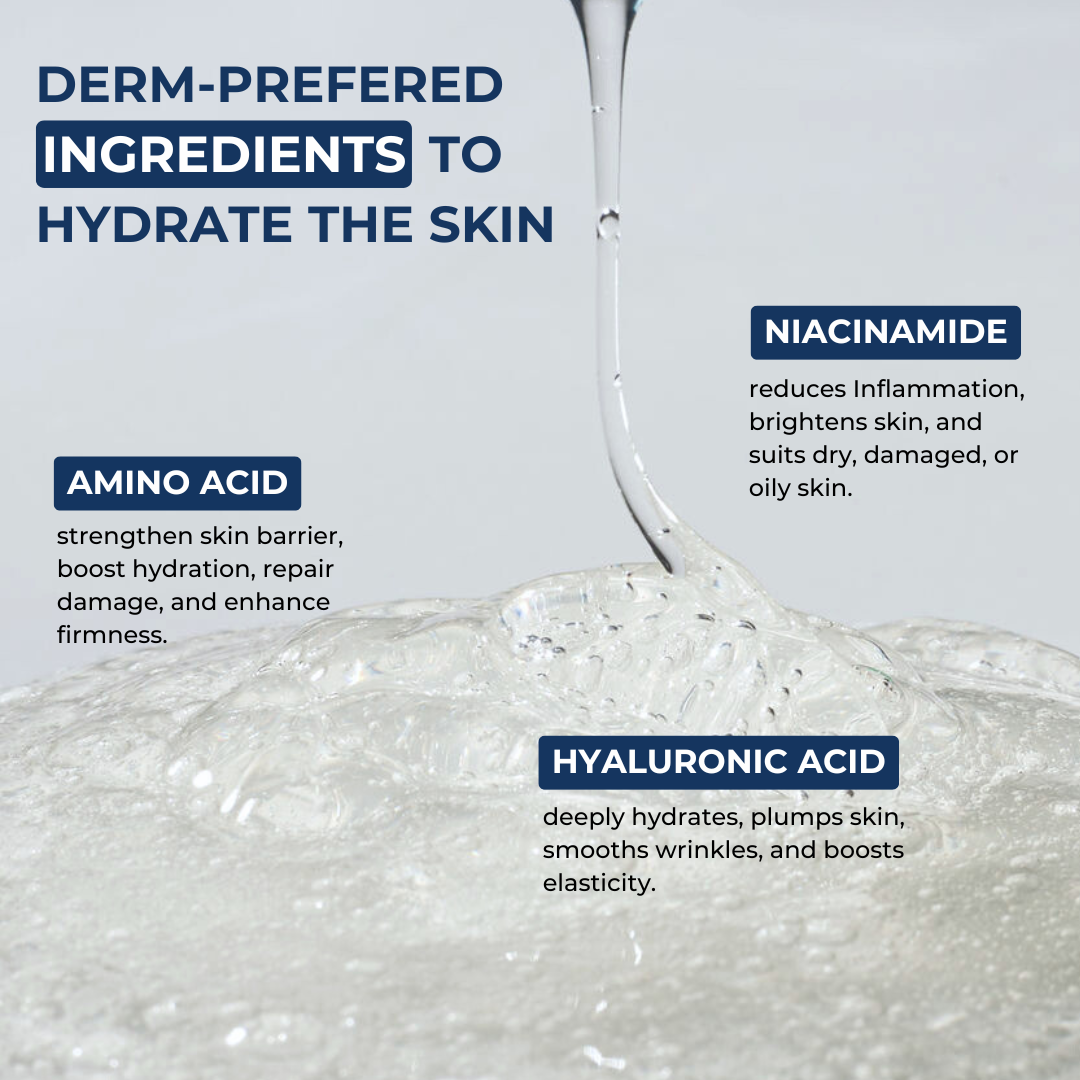Have you ever looked in the mirror and noticed your nose looking a bit redder than usual? It's a common concern that many of us face, but understanding the underlying causes can be the key to finding the right treatment.
In this article, we'll explore eight common reasons why your nose might be red, from skin conditions to environmental factors, and provide actionable advice on how to address them.
Whether you're dealing with rosacea or the aftermath of a chilly day, we've got you covered. Read on to learn effective strategies to combat redness and restore your nose to its natural hue.
8 Causes of a Red Nose
1. Rosacea
Rosacea is a chronic skin condition that often manifests as facial redness, particularly on the nose. It occurs due to dilated blood vessels beneath the skin's surface, leading to a flushed appearance.
To treat rosacea on your nose, consulting a dermatologist is crucial. They may recommend topical treatments, moisturizers, and sunscreen to manage flare-ups. In severe cases, laser treatments and lifestyle changes can be effective in reducing redness caused by rosacea (Opens in a new window) (Opens in a new window).
2. Eczema
Eczema is another skin condition that can lead to redness on the nose. It's characterized by dry, itchy, and inflamed skin, often triggered by factors like allergens, irritants, or an overactive immune system.
To treat eczema (Opens in a new window) (Opens in a new window) on your nose, using gentle cleansers, moisturizers, and topical steroids prescribed by a dermatologist can provide relief. Avoiding known allergens and practicing sun protection can also help manage eczema-related redness.
3. Weather
Harsh weather conditions, such as cold winds or excessive sun exposure, can lead to skin redness, commonly referred to as windburn or sunburn (Opens in a new window) (Opens in a new window).
To counteract skin redness caused by weather, ensure you're using a suitable moisturizer and sunscreen. Aloe vera and over-the-counter hydrocortisone creams can also alleviate dryness and irritation from weather-induced redness.
4. Dermatitis
Perioral dermatitis, a subtype of dermatitis, can cause redness, pimples, and skin irritation around the mouth and nose. This condition may be triggered by the use of topical steroids or certain skincare products.
Dermatologists may recommend oral antibiotics and discontinuing the use of potential irritants to treat dermatitis on your nose. Adopting a gentle skincare routine can also prevent future flare-ups.
5. Allergies
Allergic reactions to pollen, dust, or other allergens can lead to a runny nose and skin redness around the nasal area. Identifying and avoiding allergens is crucial. Over-the-counter antihistamines and nasal sprays can provide relief. If allergies persist or worsen, seek medical advice for further treatment options.
6. Alcohol Consumption
Excessive alcohol consumption can cause facial redness, particularly on the nose. This is often due to the dilation of blood vessels as a side effect. To reduce redness from alcohol consumption, moderation is key. Staying hydrated and using a gentle moisturizer can also help alleviate the effects.
7. Acne
Acne breakouts on the nose can lead to redness and inflammation. Incorporating retinoids and specialized cleansers into your skincare routine can help manage acne-related redness. Avoiding harsh scrubs and picking at pimples is crucial to prevent further irritation.
8. Lupus
Lupus is an autoimmune disease that can cause a butterfly-shaped rash on the face, including the nose. Treatment may involve medication and lifestyle changes to manage symptoms. Consulting a healthcare professional for a personalized treatment plan is essential.
Use Revival to Reduce Redness
Revival by PrettyBoy (Opens in a new window) (Opens in a new window) stands out as an exceptional solution for managing and reducing redness on your nose and face due to its powerful combination of active ingredients.
- Niacinamide, a form of Vitamin B3, plays a pivotal role in strengthening the skin's barrier function and reducing inflammation, effectively diminishing redness.
- Hyaluronic acid, renowned for its exceptional hydrating properties, ensures the skin remains adequately moisturized, alleviating dryness and preventing further irritation.
- Ceramides, naturally occurring lipids in the skin, fortify the skin's protective barrier, enhancing its ability to retain moisture and shield against external aggressors.
- Squalane, a highly-effective moisturizing agent, further contributes to the reduction of redness by providing intense hydration.
Together, these potent ingredients work synergistically to soothe, calm, and rejuvenate the skin, leaving it noticeably smoother, more balanced, and remarkably free from redness.





